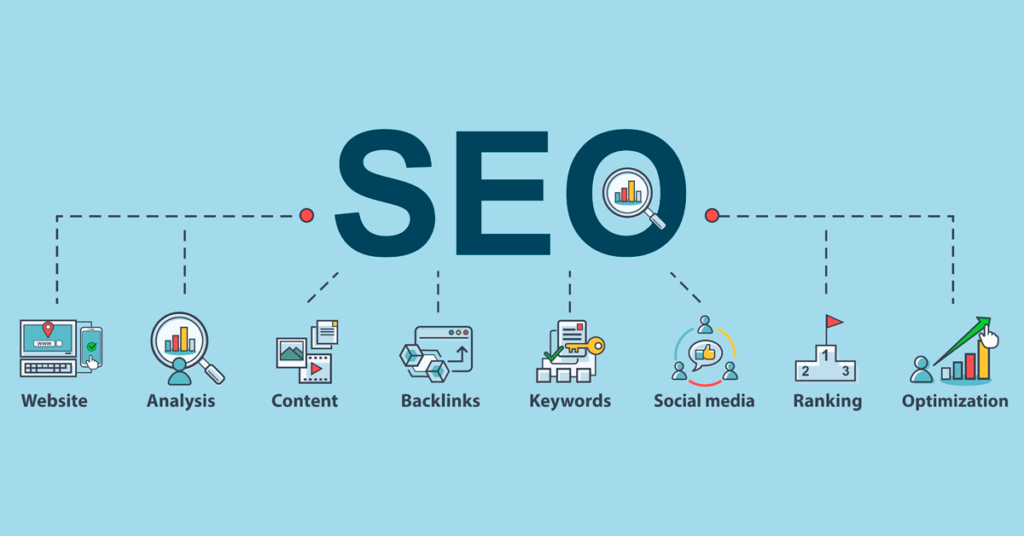In the ever-evolving landscape of online visibility, mastering advanced tactics beyond mere keyword optimization is crucial for elevating your website’s prominence in search engine results. While keywords remain a fundamental element, their significance has evolved into a more nuanced approach. One advanced tactic involves understanding and leveraging user intent. By comprehending the specific queries users make and tailoring content to address their intent, websites can create a more relevant and engaging user experience. This not only satisfies the search engine algorithms but also ensures that visitors find valuable information, ultimately improving the site’s overall ranking. Another pivotal strategy is the optimization of content structure and format. Search engines increasingly favor well-organized, visually appealing content. Employing header tags, bullet points, and concise paragraphs not only enhances readability for users but also makes it easier for search engines to comprehend and index the content.

Structured data markup, such as schema.org, provides additional context to search engines, improving the chances of rich snippets appearing in search results. This, in turn, increases click-through rates and drives more organic traffic to the website. Link building remains a potent force in the search engine optimization, but the focus has shifted towards quality over quantity. Building high-authority backlinks from reputable sources is more valuable than a plethora of low-quality links. Guest posting on authoritative sites within your niche, creating shareable content, and fostering relationships with influencers can contribute significantly to a robust link-building strategy. Internal linking is equally crucial, as it enhances the overall structure of the website, distributes page authority, and helps search engines navigate and understand the content hierarchy. Mobile optimization has become non-negotiable in the modern SEO landscape. With an increasing number of users accessing the internet via mobile devices, search engines prioritize mobile-friendly websites. A responsive design that adapts seamlessly to various screen sizes not only improves user experience but also positively influences search rankings.
Page load speed is another critical factor, as slow-loading pages can result in higher bounce rates and diminished search visibility. Compressing images, leveraging browser caching, and minimizing unnecessary code are effective measures to enhance page speed. User engagement metrics are now integral to search engine algorithms. Metrics such as bounce rate, time on site, and click-through rate provide valuable insights into user satisfaction and the relevance of the content. Crafting compelling Meta descriptions and title tags can significantly impact click-through rates, prompting users to choose your site over competitors in search results. In conclusion, transcending the limitations of traditional keyword optimization is imperative for enhancing a website’s visibility in search engine results. By embracing advanced tactics like understanding user intent, optimizing content structure, building high-quality links, prioritizing mobile optimization, and focusing on user engagement metrics, websites can navigate the intricacies of modern SEO and emerge as authoritative, user-friendly entities on the digital landscape.








 In case you are keen on joining a MLM organization, your smartest choice is most likely one that has a set up presence. Realized MLM organizations enjoy the benefit of conspicuousness and brand review, especially if their items have had positive audits and extensive accomplishment previously. Multi-million dollar organizations like Avon and Tupperware, for instance, have as of now become commonly recognized names. To provide you with a thought of the sorts of organizations that are as of now accessible, here are a rundown of multilevel marketing organizations you may be keen on joining. Quixtar is a major name in the multilevel marketing business. It was established in 1999 and has a place with a similar holding organization as another renowned MLM organization, Amway. Quixtar was its web based sister.
In case you are keen on joining a MLM organization, your smartest choice is most likely one that has a set up presence. Realized MLM organizations enjoy the benefit of conspicuousness and brand review, especially if their items have had positive audits and extensive accomplishment previously. Multi-million dollar organizations like Avon and Tupperware, for instance, have as of now become commonly recognized names. To provide you with a thought of the sorts of organizations that are as of now accessible, here are a rundown of multilevel marketing organizations you may be keen on joining. Quixtar is a major name in the multilevel marketing business. It was established in 1999 and has a place with a similar holding organization as another renowned MLM organization, Amway. Quixtar was its web based sister.